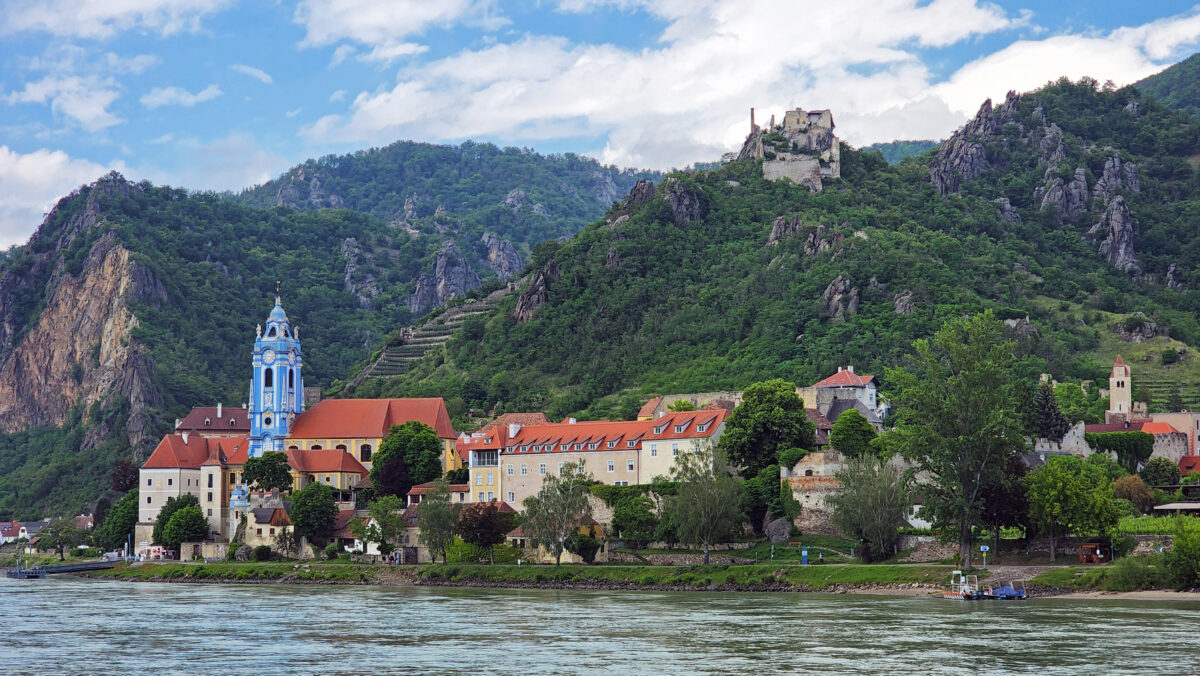by Alan K. Lee
In 2022, my wife and I had the pleasure of taking a river cruise on the Danube, beginning in Budapest, Hungary and ending in Passau, Germany. Along the way, we toured Bratislava, Slovakia, spent a day exploring Vienna, Austria, and visited several other smaller cities and towns on the Danube. Most of the actual sailing took place at night, but we spent one beautiful afternoon cruising through the fabulous Wachau Gorge between the towns of Krems and Melk in northern Austria.
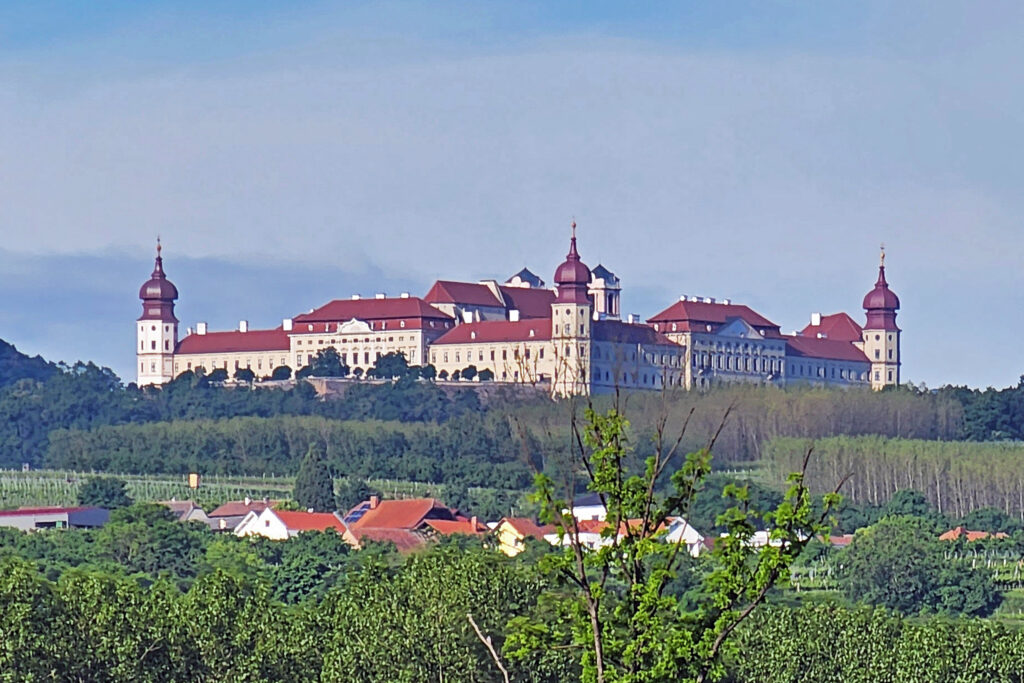
The Wachau Valley is a UNESCO World Heritage Site (listed as the Wachau Cultural Landscape), known for its medieval history and architecture, but also for its modern-day vineyards and wineries and its riverine landscape. The Wachau Gorge is bookended by the town of Krems and the hilltop Gottweig Abbey and the town of Melk and the spectacular Melk Abbey on the south bank of the Danube.
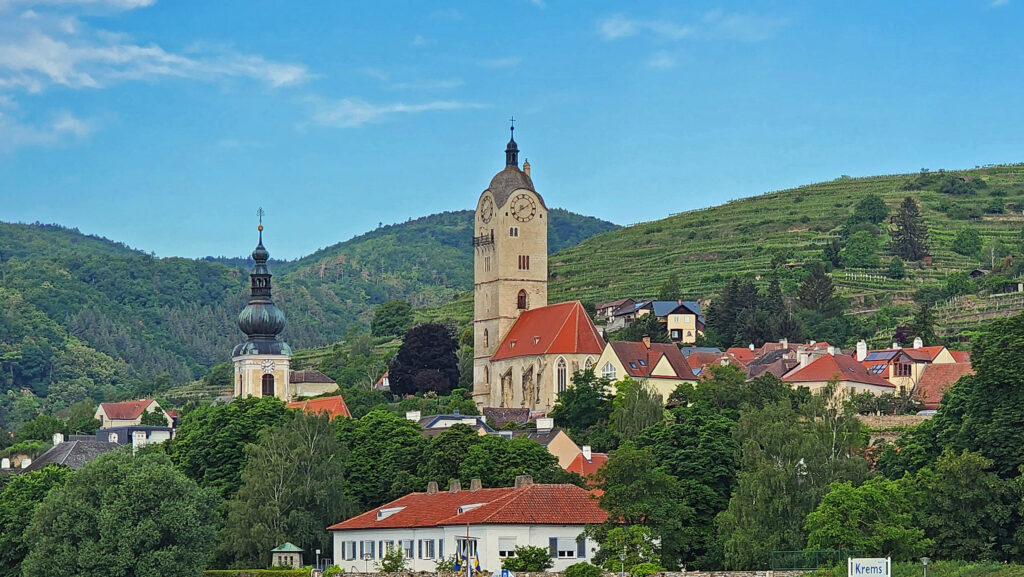
Our day started with an early morning arrival in Krems and a morning tour of Gottweig Abbey a few miles south of the town.
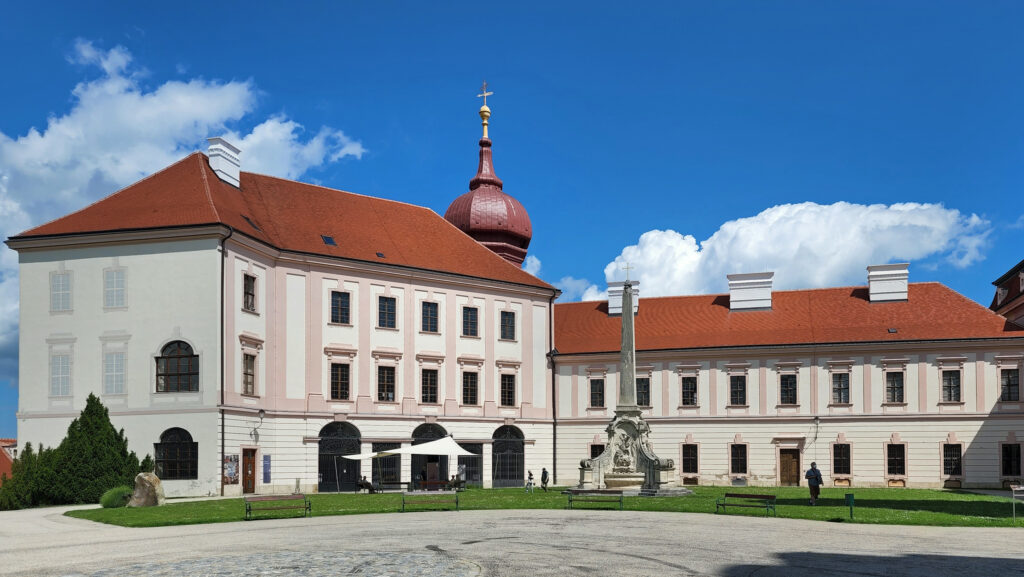
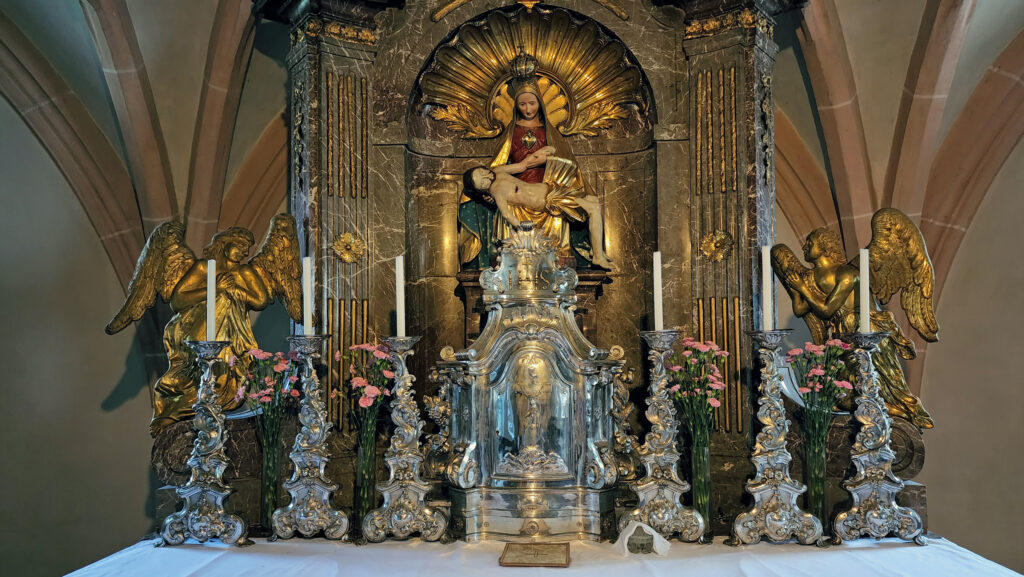
Gottweig Abbey was founded in 1083 and has been continuously occupied for more than 900 years. The current structure was built in the 18th century. (Viking River Cruises is the only cruise line that tours Gottweig Abbey, but also the only one that does not tour the larger Melk Abbey at the upstream end of the gorge).
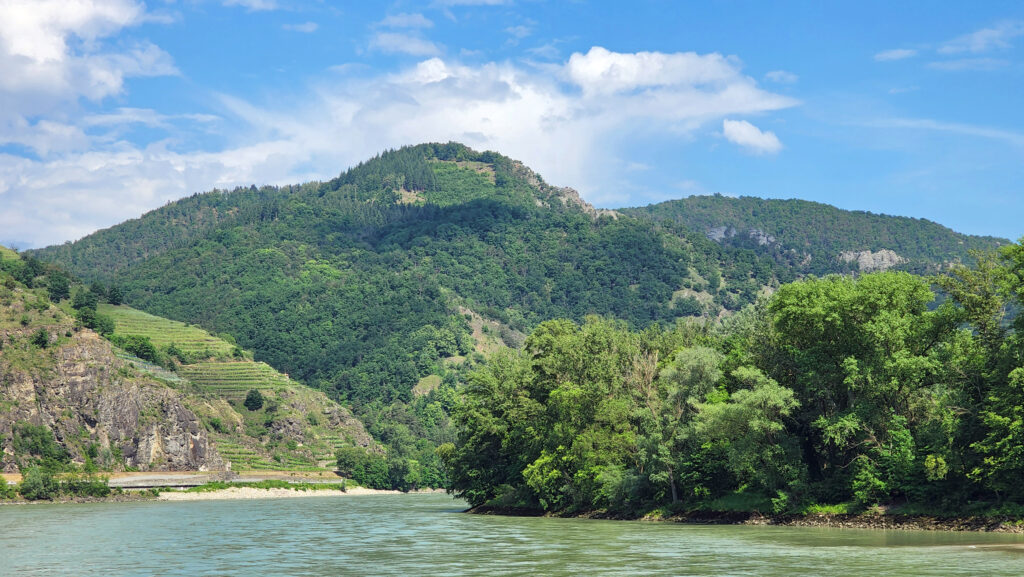
Upstream of Krems, the valley narrows and the roughly 25 miles between Krems and Melk feature steeper slopes bordering both sides of the river with the occasional castle looming above the riverside towns. The town of Dunstein, seen in the featured photo at the top of this post, is particularly beautiful.
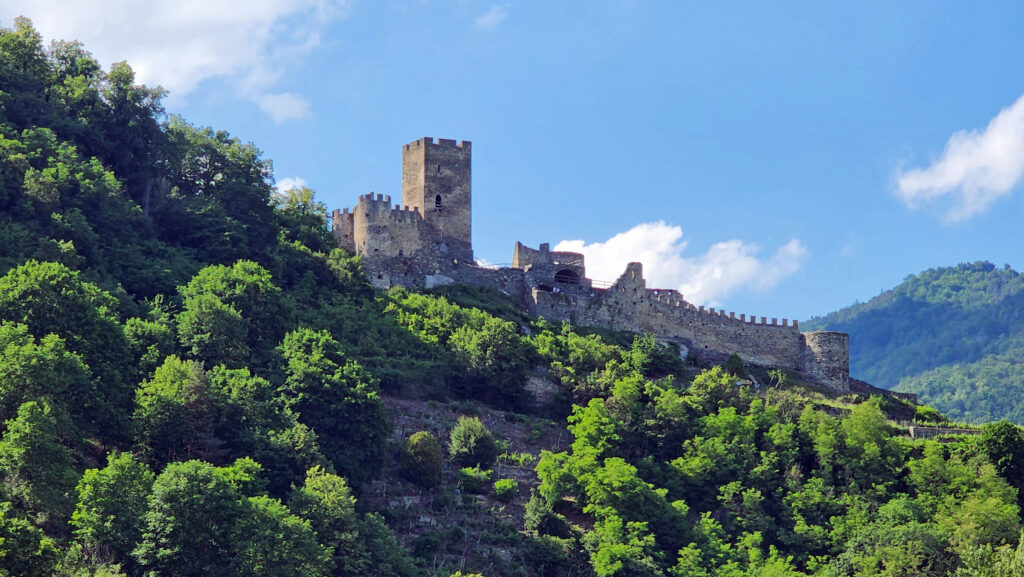
Most of the north shore of this stretch of the Danube is part of a nature park (Naturpark Jauerling Wachau) and is largely wild, managed to protect wildlife habitat and the natural environment. It’s also spectacularly beautiful.
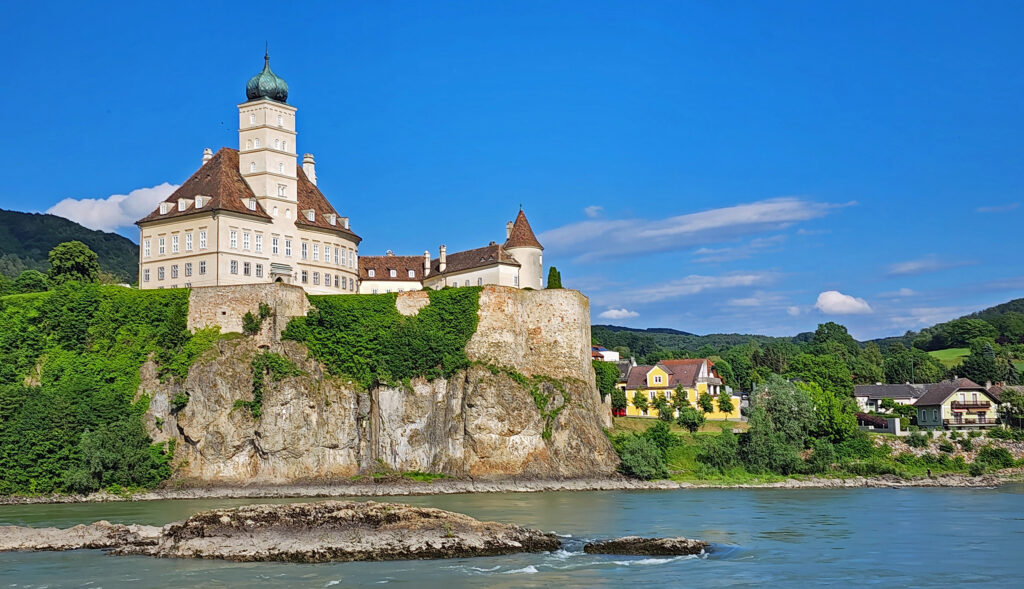
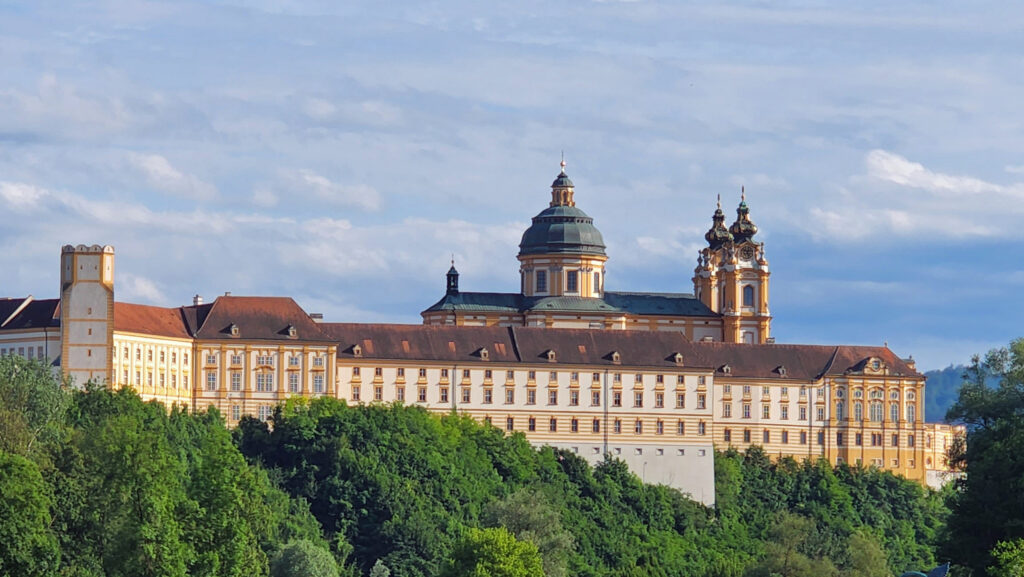
Late that afternoon, we sailed past the town of Melk and the huge, and hugely popular, Melk Abbey. Like Gottweig Abbey, the original Melk Abbey was founded nearly a thousand years ago (in 1089) and has been continuously occupied ever since. The current structure dates from 1702. I would have loved to tour the abbey, but with several river cruise ships already docked there, I understand why Viking skips it.
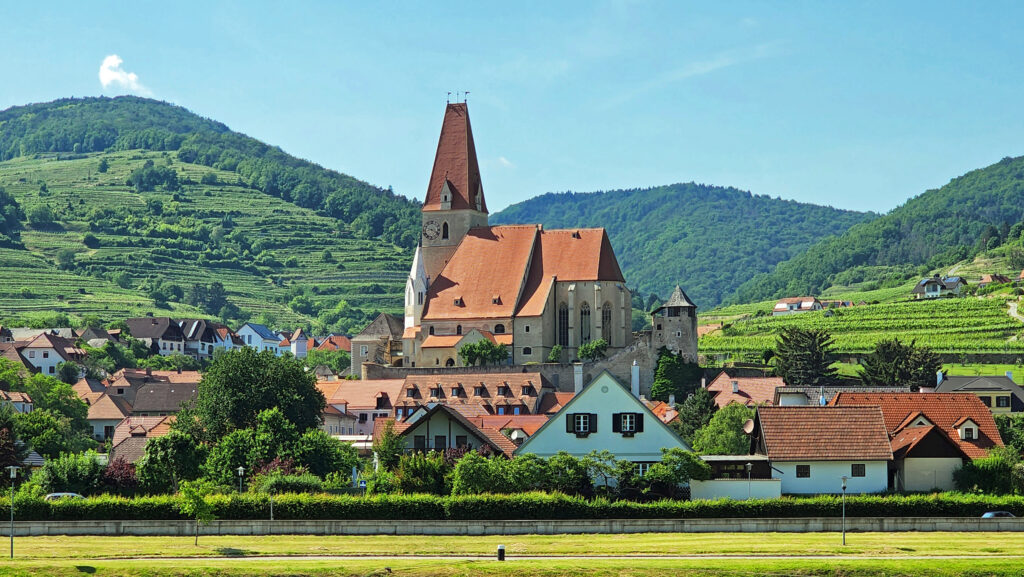
Upstream of Melk, we spent the evening hours cruising the Wachau Valley, an agricultural area with many small riverside towns and vineyards.
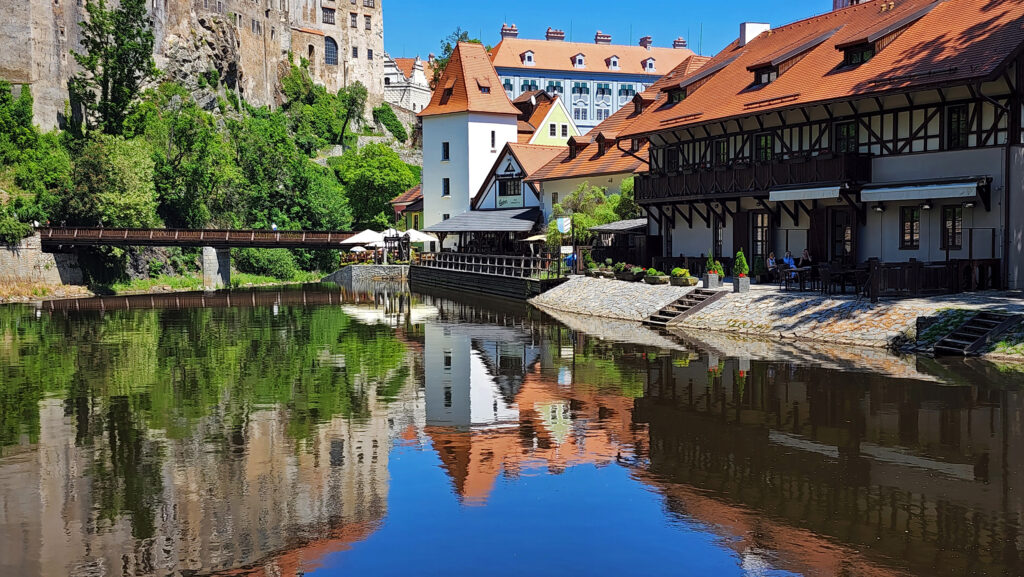
The following morning found us in Linz, Austria. We didn’t see much of Linz because we took an all-day trip to the beautiful and well-preserved medieval village of Cesky Krumlov, Czechia. Then it was on to our final destination on the cruise, Passau, Germany.
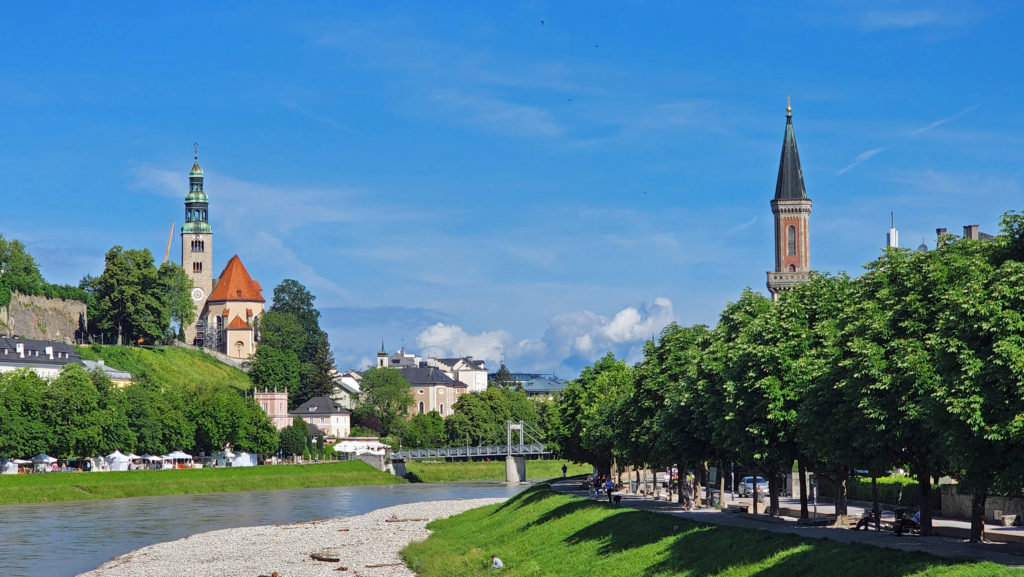
After the cruise, we extended our trip to Salzburg, Austria and Munich, Germany. One of the advantages of river cruising is that you get to see a lot of places in a short amount of time. But one of the disadvantages is that you don’t spend much time in any one place. We were able to spend several days in Salzburg, though, and several more in Munich and the Bavarian Alps, through a relatively inexpensive addition to our cruise offered by Viking. Several of the friends we made on the cruise took a different extension (also booked through Viking) to Prague.
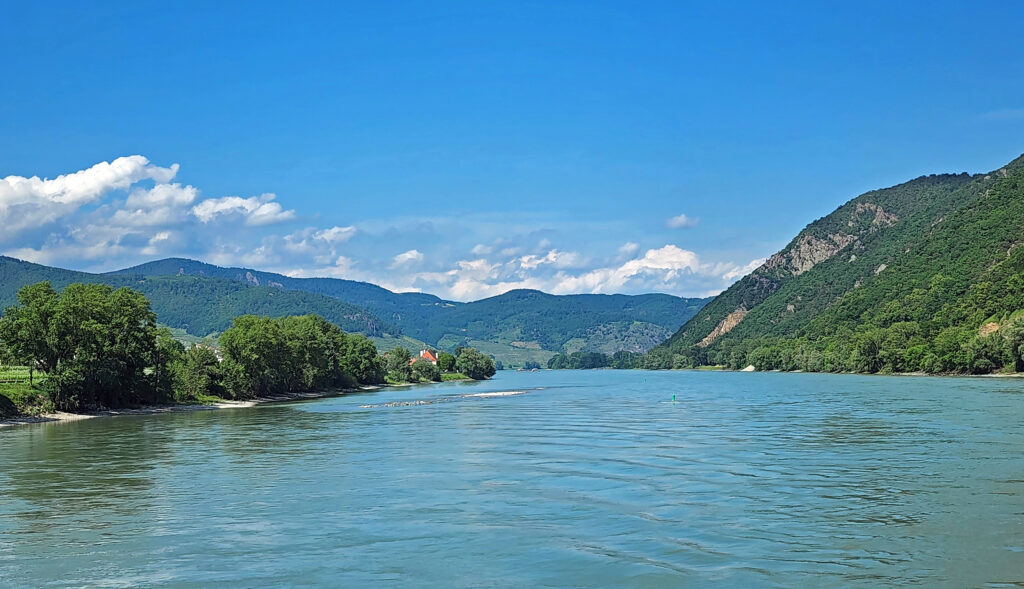
The two river cruises that my wife and I have taken (the other was on the Rhine) were both very enjoyable, hassle-free experiences (except for all of the Covid-19 tests that we had to take during our Danube cruise, but that is now in the past tense). Both featured an immersion into medieval history, beautiful riverside cities and villages, and beautiful stretches of natural habitat that is rare in Europe. I can personally recommend both cruises, and river cruising in general. If you’re interested in river cruises or are just curious, check out my European River Cruises post for more information and advice.
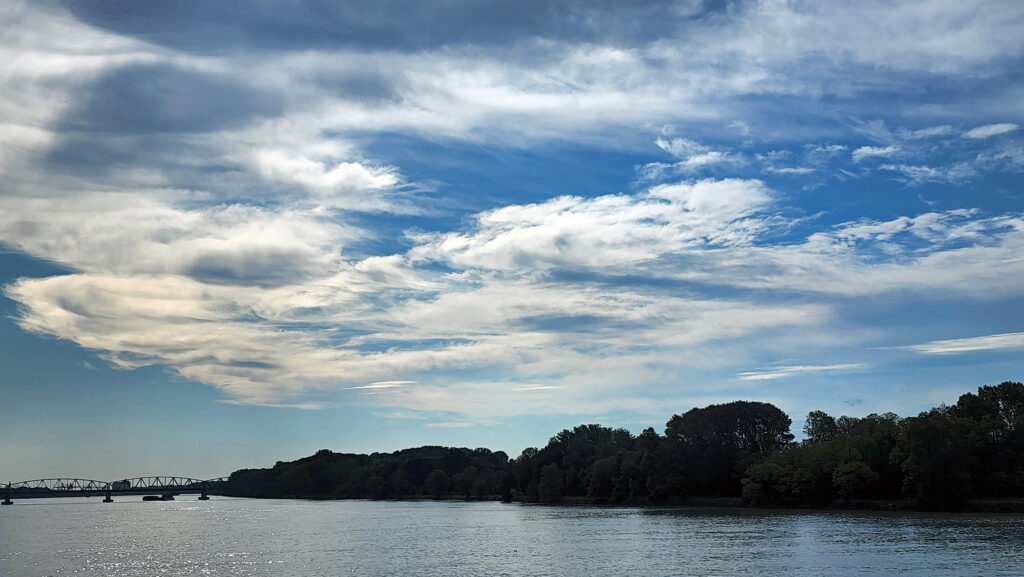
Posted April 15, 2024.
All photos © Alan K. Lee

